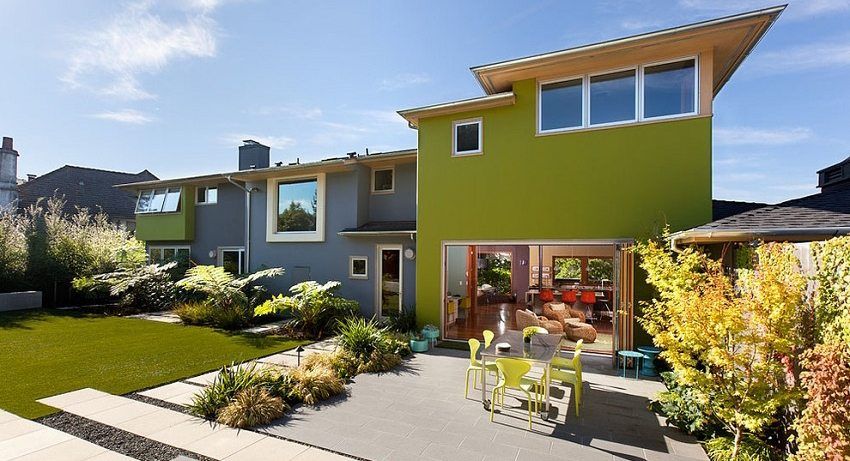Despite the diversity of building materials on the market, bricks are still popular among professional builders and fans. This reliable, durable and versatile material has several standard dimensions. At the same time, the greatest demand in the construction and finishing of buildings is observed in the size of a half-and-a-half brick, which is a significant savings in its use and aesthetics.
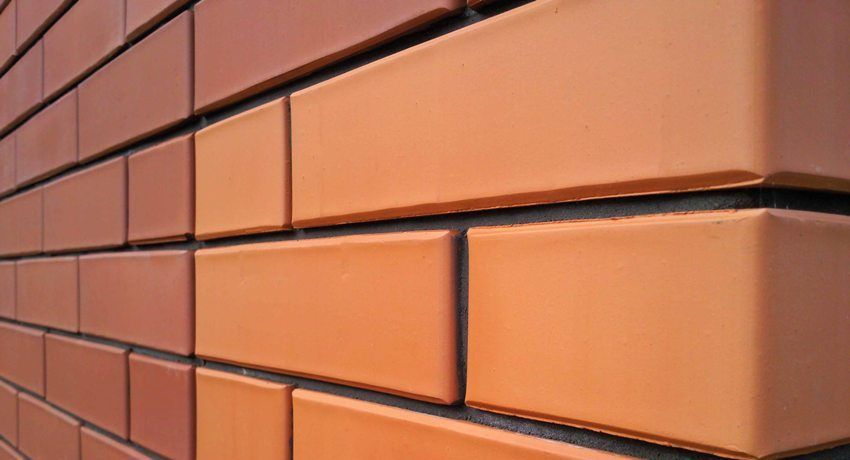
Single brick size, one and a half
When calculating the amount of material, it is necessary to consider the size of the brick that will be needed during construction. This will help to avoid unnecessary costs.

There are 3 main sizes:
- single (single row, standard);
- one and a half (thickened);
- double (the second name is a double stone).
The parameters of a single brick are the following: length – 250 mm, width – 120 mm, height – 65 mm.
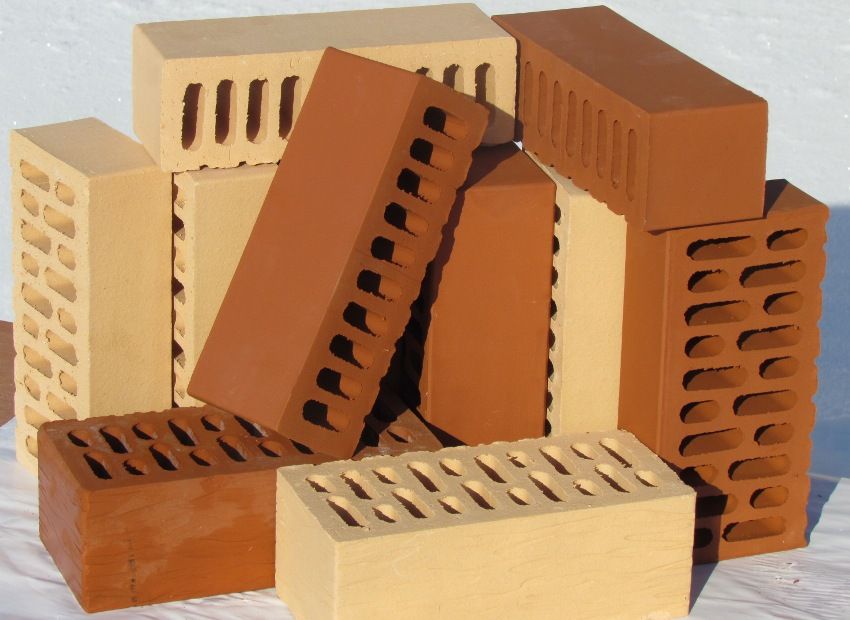
Dimensions of one-and-a-half bricks: length – 250 mm, width – 120 mm, height – 88 mm. The dimensions of a double brick, as well as a thick one, differ only in height – 138 mm. Currently, bricks and non-standard sizes are on sale – “Euro” (length 250 mm, width 85 mm, height 65 mm) and modular with the same height has a length of 288 mm and width 138 mm.
Calculations show that the consumption of material per 1 m? taking into account the mortar joints is 394 units. when using single brick and 302 units. when using one and a half. This allows you to save well during construction.
So, when laying the supporting structure, you can use not 3 rows of standard bricks and a row of cladding, but 2 rows of a hollow and one row of bricks of a half-and-a-half cladding brick. Moreover, not only the amount of material used, but also the solution consumption is significantly saved.
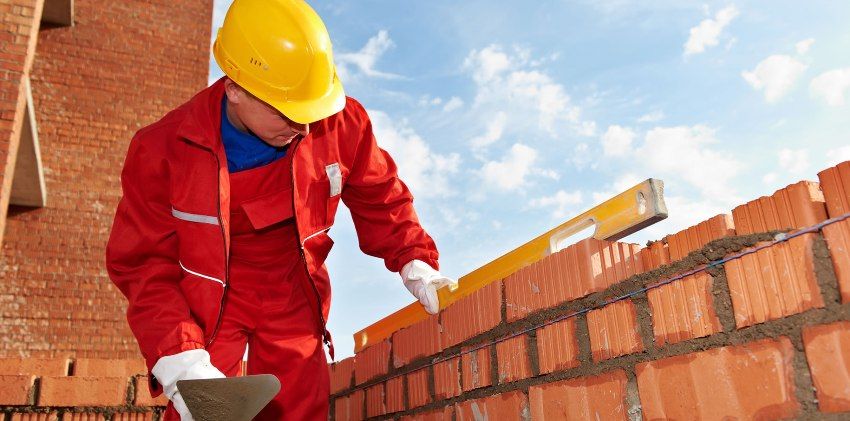
The height of a one-and-a-half brick exceeds the height of a single one only by 23 mm, but this difference allows speeding up the course of masonry work by 30%. The undoubted advantage of a thickened brick is its weight. Thus, a single brick weighs from 2 to 2.3 kg, and the weight of a single-and-a-half brick, despite its large dimensions, weighs only a third more.
There are several generally accepted classifications of bricks. First of all, depending on the material from which it is produced, emit:
- ceramic, or red;
- silicate, or white.

These two types have the same dimensions for different characteristics, applications and properties. Dimensions of silicate brick of a half-and-a-half and one-and-a-half ceramic – 250 mm, 120 mm and 88 mm
Ceramic bricks made from clay without impurities (sulphates, marl) and special additives, giving the finished product the desired properties.
It is interesting! The raw materials from which red brick is produced are unsuitable for the manufacture of any other products from clay.
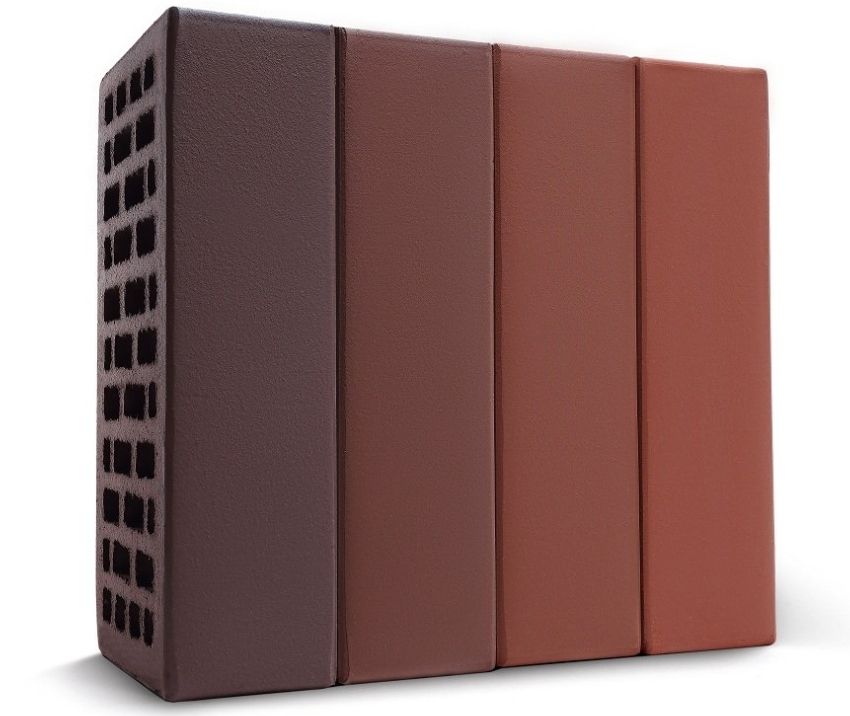
Methods for making bricks:
- Plastic. Clay raw material with high humidity (up to 30%) comes from a belt press, dries and burns at a temperature of about 1000 ° C. It is very important to strictly maintain the firing time. Both unburned and burned-out brick are distinguished not only by an unaesthetic appearance, but also by low quality. When underburning, the brick has a too light color and low water and frost resistance, during burnout – characteristic tan markings, numerous cracks and an uneven shape, as well as a high level of thermal conductivity. Ideally, after proper heat treatment, the surface of the ceramic brick becomes semi-gloss, and upon impact, it makes a characteristic ringing sound.
- Semi-dry pressing method. With this method, a brick is formed from raw clay with a low moisture level (10%) under strong pressing. The resulting finished product can not be used for the construction of premises with high humidity.

Advantages of ceramic bricks:
- excellent sound insulation;
- it is made from environmentally friendly material – clay, absolutely harmless to health both during the construction process and during operation;
- versatility (suitable for construction of both residential and industrial buildings, for the construction of internal and external walls);
- resistance to severe weather conditions, including severe frost;
- durability;
- strength;
- a large selection of shapes, sizes and colors (mixing different grades of clay, manufacturers achieve a rich color palette – red, brown, beige, terracotta, yellow, peach shade, which allows the use of ceramic bricks as in the construction of new buildings, and during restoration);
- good heat and vapor barrier;
- the material is easily deformed during transportation, and chips are formed at its edges;
- moisture resistance.

Disadvantages of red brick:
- the appearance of whitish saline plaque;
- high price.
In its manufacture, 9 parts of purified from extraneous impurities of manganese and clay of quartz sand and 1 part of lime are used. From this lime-sand mass by semi-dry pressing, bricks are formed, and then exposed to water vapor and high pressure for 10-13 hours.
In order to give the finished product the desired shade, special pigments that are resistant to adverse weather conditions are added to the silicate mass. Due to this, it is possible to achieve a huge variety of shades – even those not typical for traditional brick buildings like blue, blue, yellow, pink, purple.

Advantages of one-and-a-half silicate brick:
- good sound insulation and low thermal conductivity;
- environmental friendliness;
- durability;
- strength;
- frost resistance;
- resistance to adverse weather conditions;
- reasonable price (about a third lower than the cost of red brick);
- clear geometry of the finished product;
- a huge selection of colors and textures.
Material Disadvantages:
- insufficient moisture resistance (it is impossible to use when laying the foundation, sewer manholes, socles, basements – all objects of the zero cycle, where there is a risk of flooding or constant contact with groundwater);

- low heat resistance;
- considerable weight (weight of one and a half full-bodied silica brick ranges from 4.2 to 5 kg, and of the same ceramic brick, from 4 to 4.2 kg).
It is important! Because of the low cost in private homes, silicate bricks are often used in the construction of chimneys, fireplaces and stoves. However, their service life will be short – only a few years, and under the influence of high temperatures, the masonry will begin to collapse. So, in fact, such savings are very expensive and, at the same time, unsafe.
Allocate:
- construction brick (other names – rough, ordinary, masonry, basement);
- front (facing, front);
- special.
It is distinguished by good fire resistance, high density, which is why it absorbs moisture and durability worse. The size of the brick M150 is the same as that of the material with lower strength indices: single, thickened, euro.
The weight of a full-bodied brick M 150 single reaches 3.6 kg (with an average of 2 to 2.2 kg), one and a half to 4.5 kg (the average is about 3 kg).
